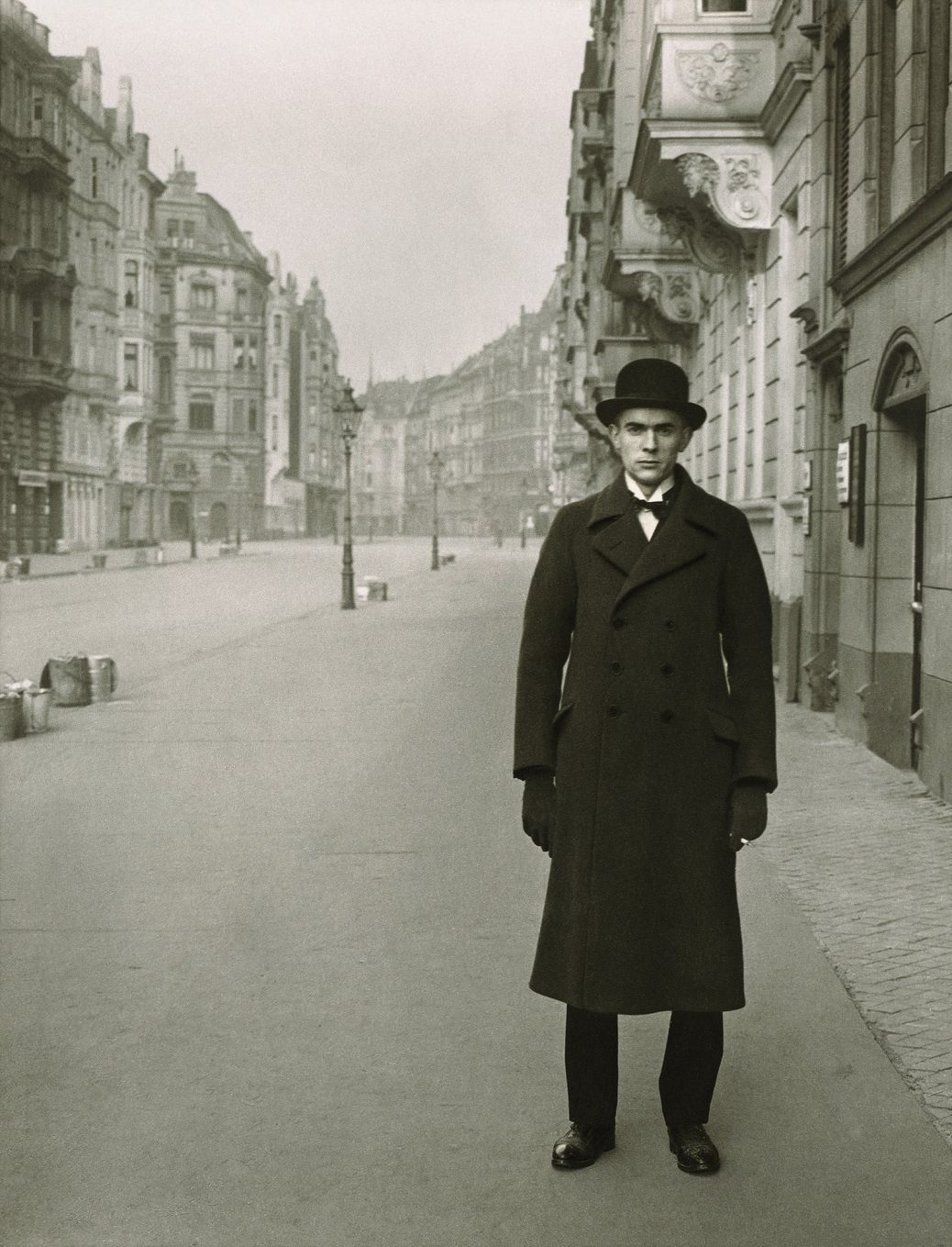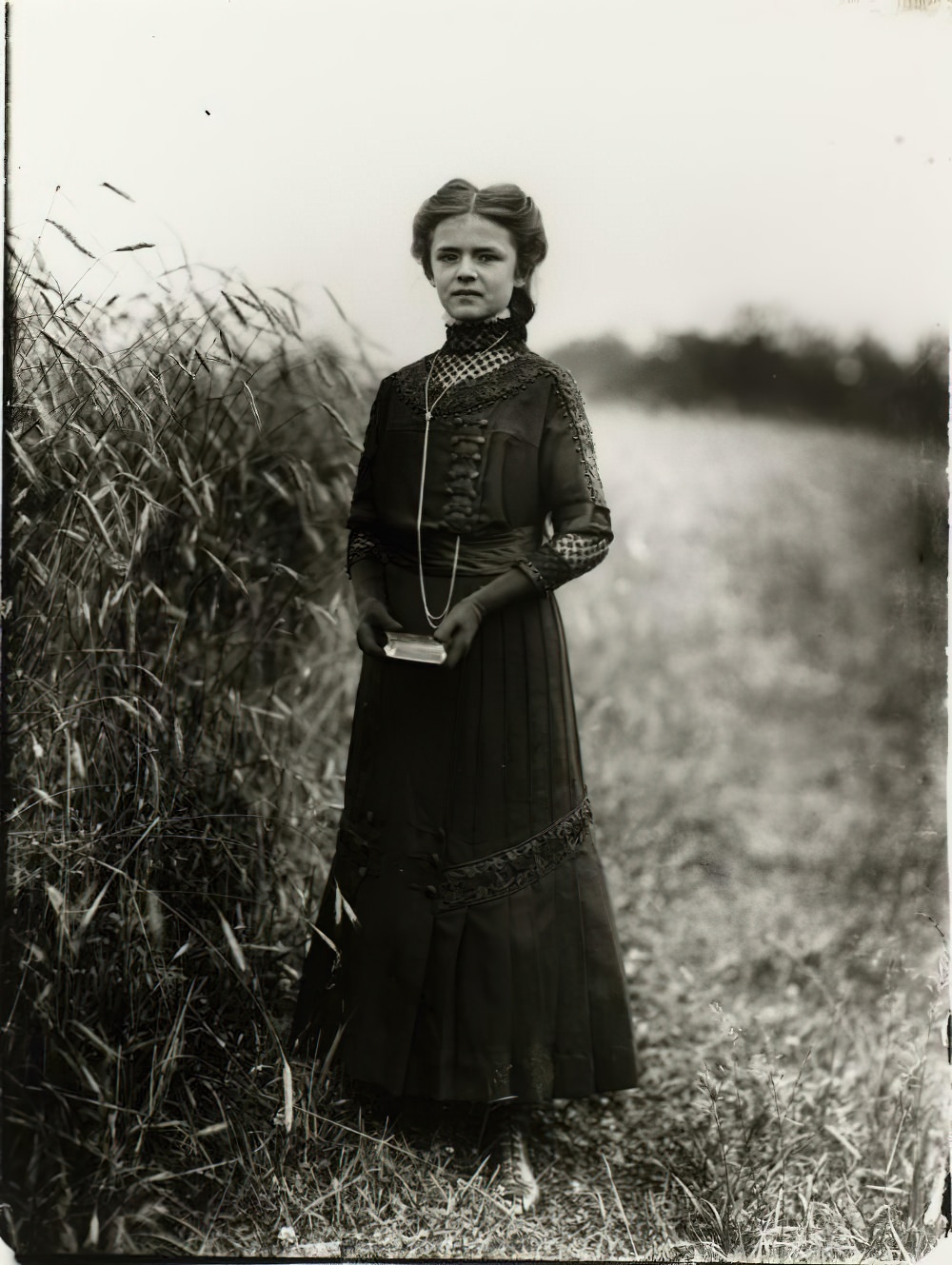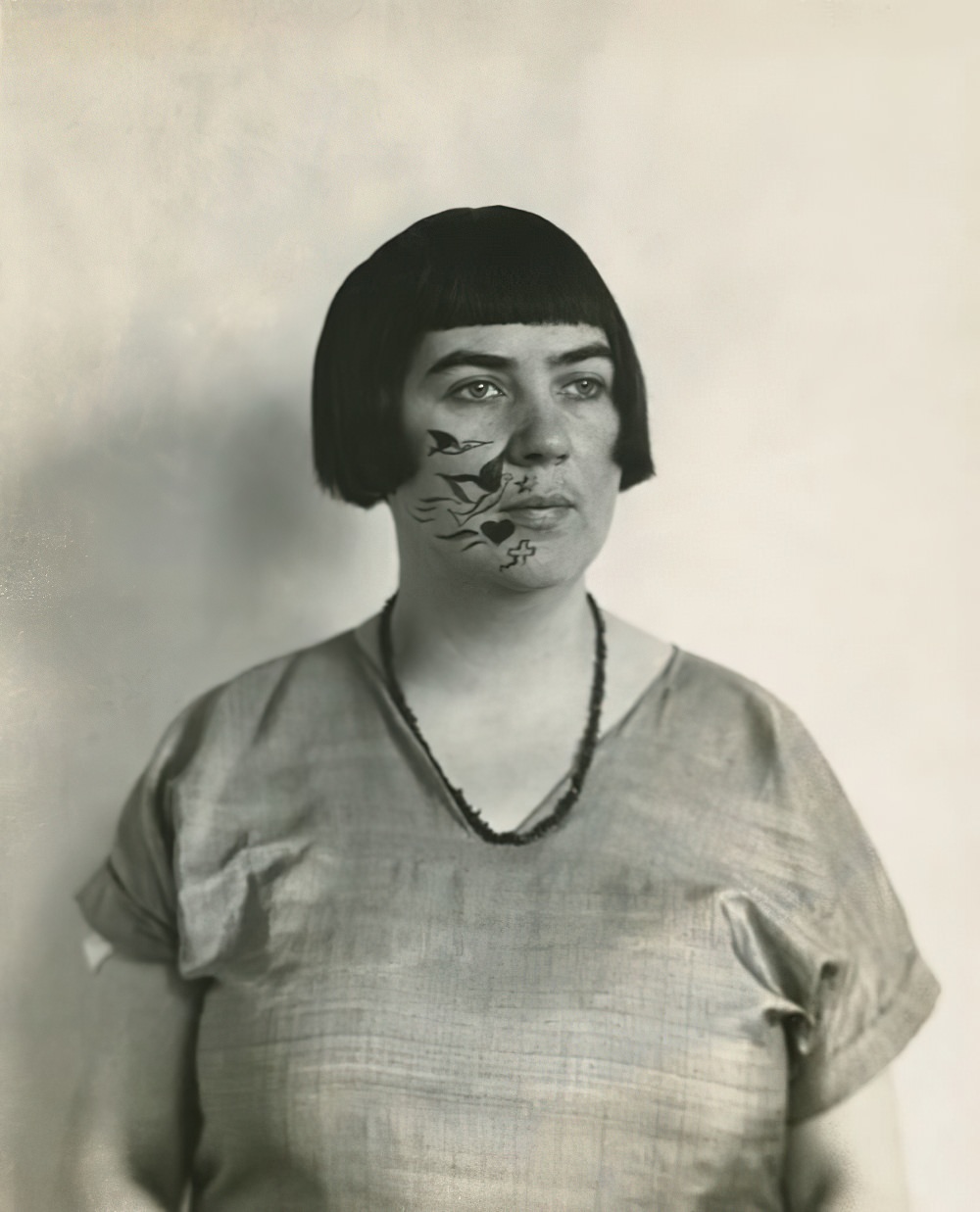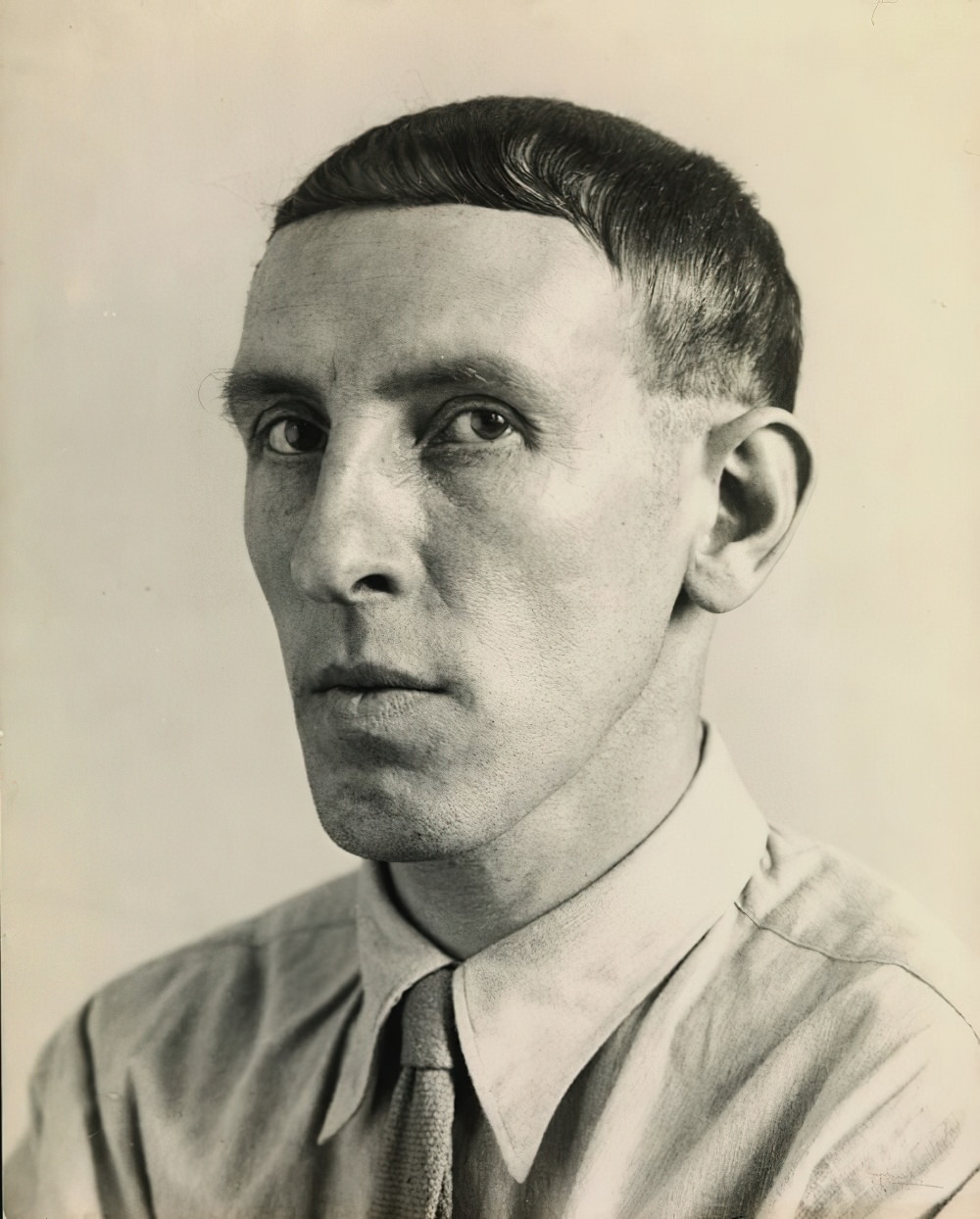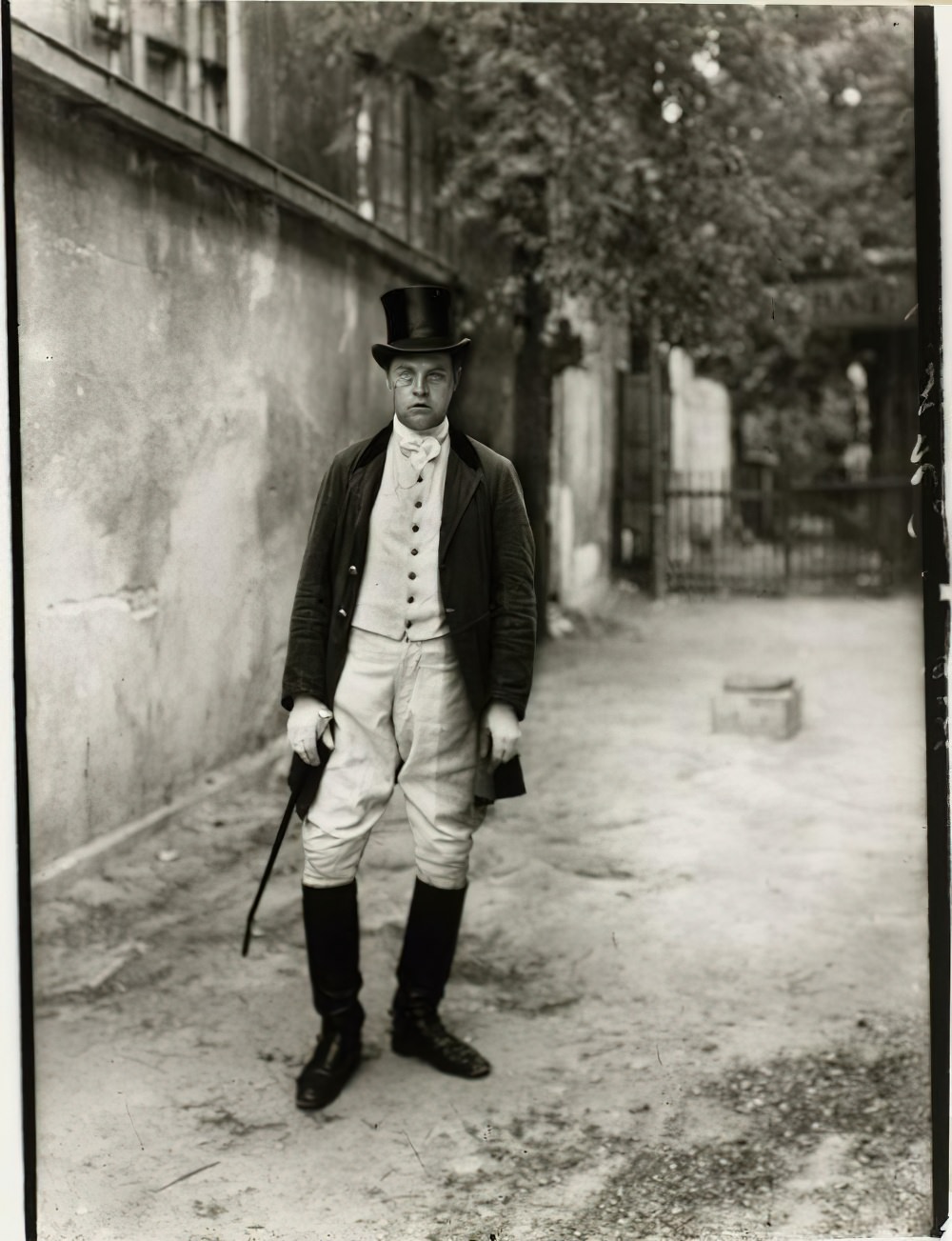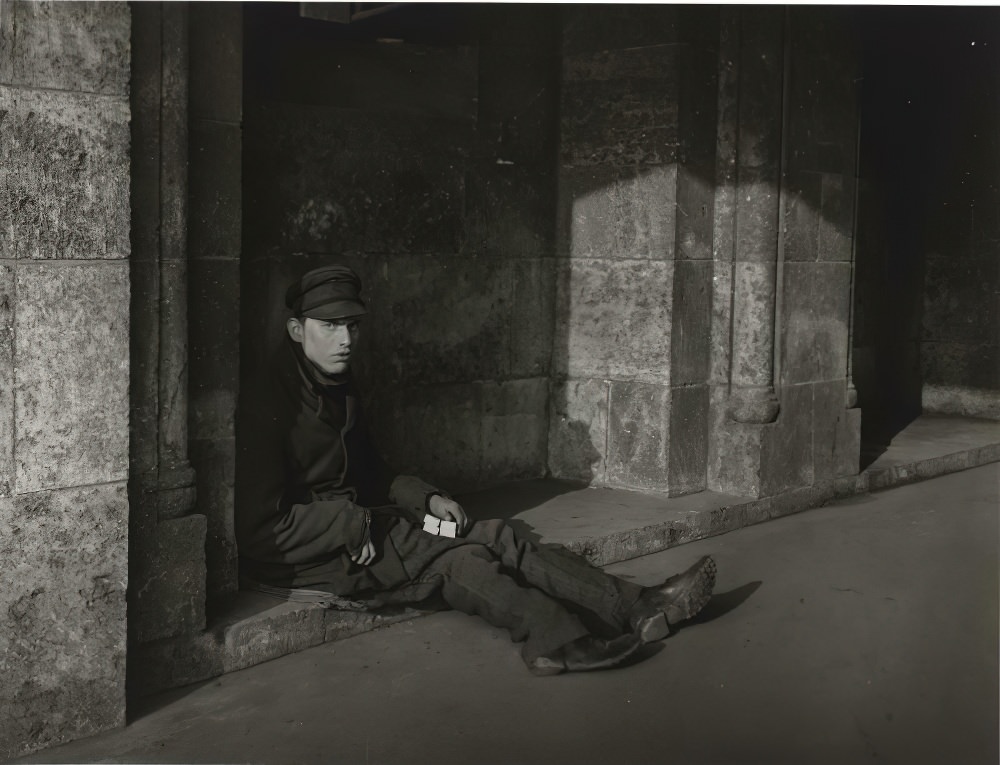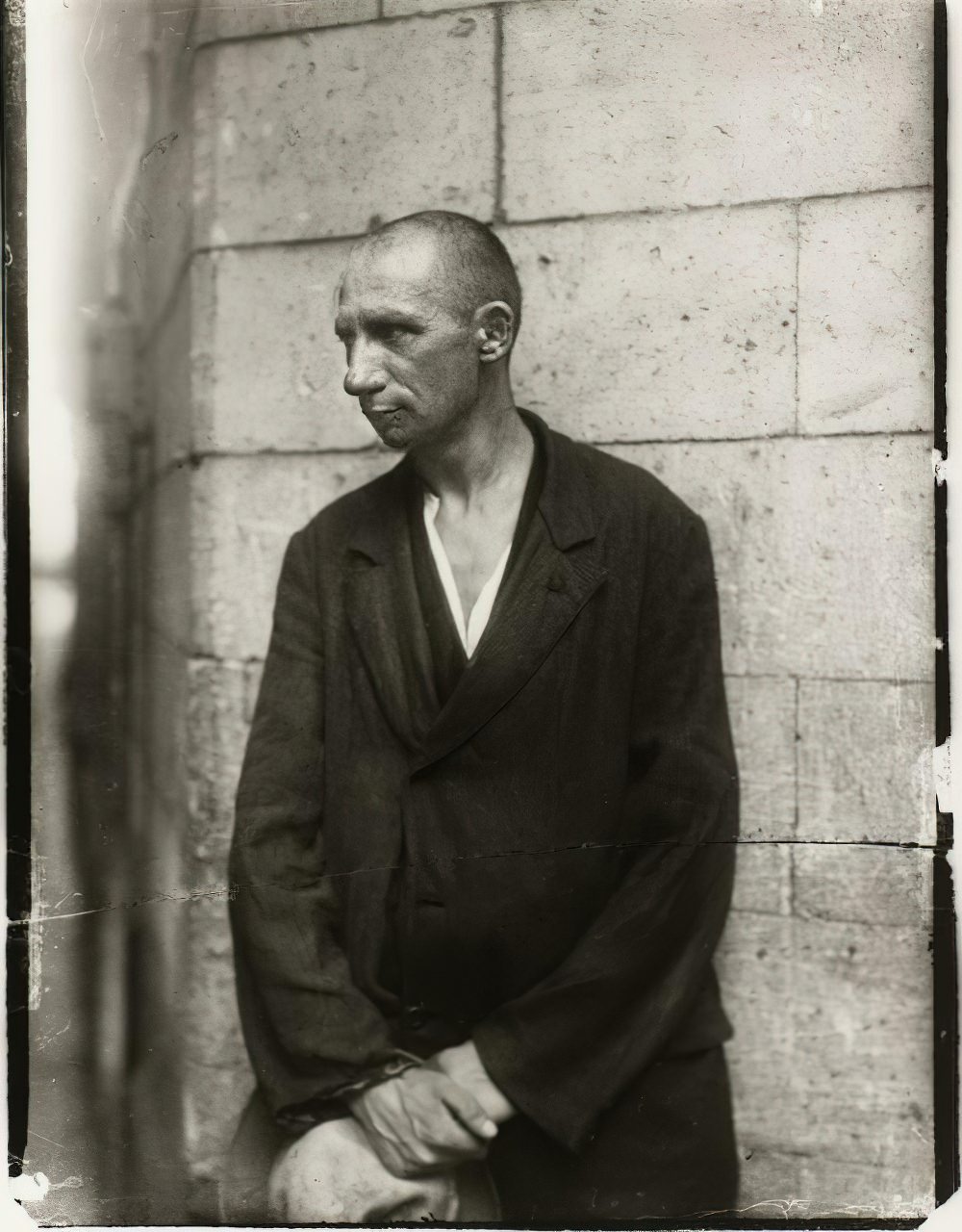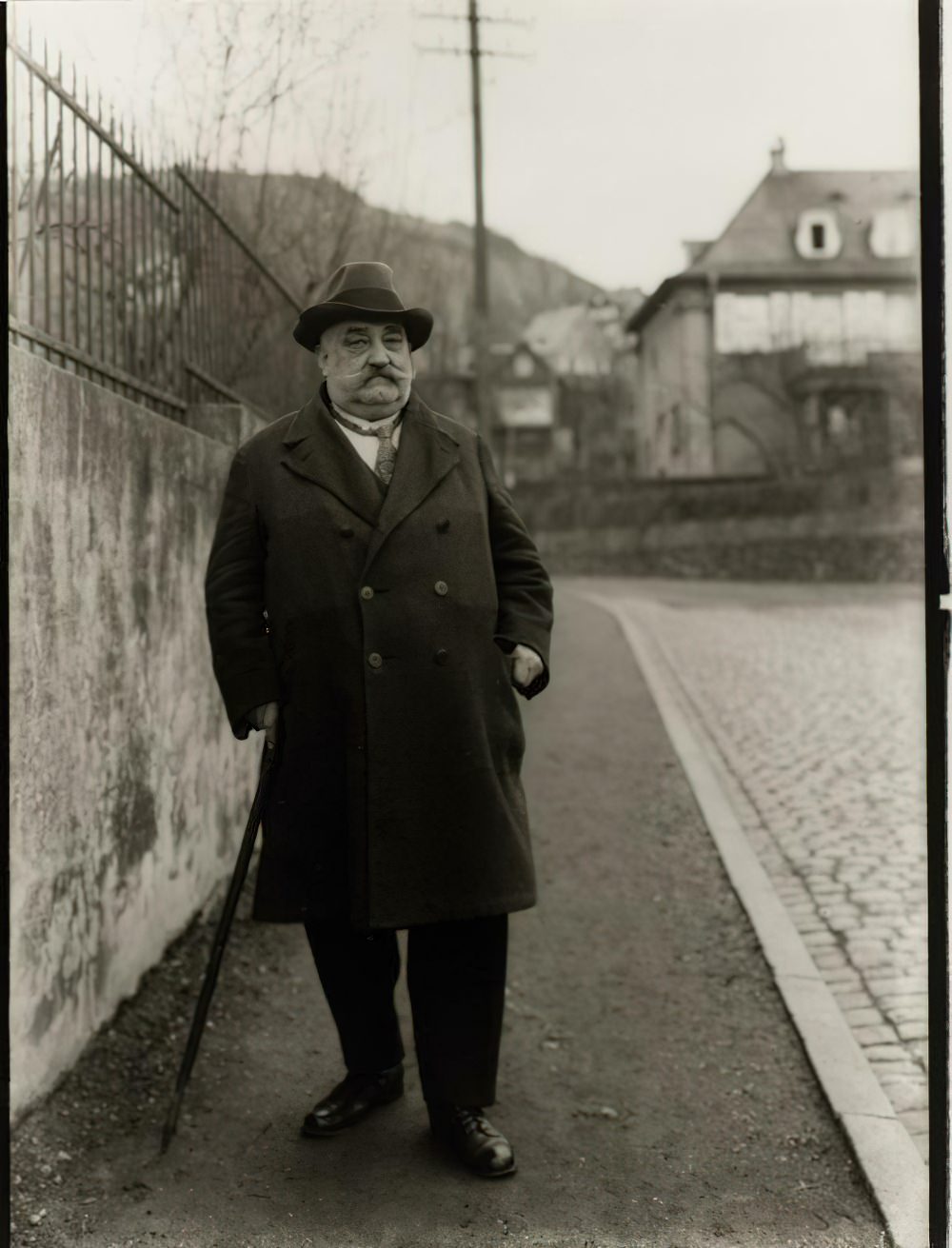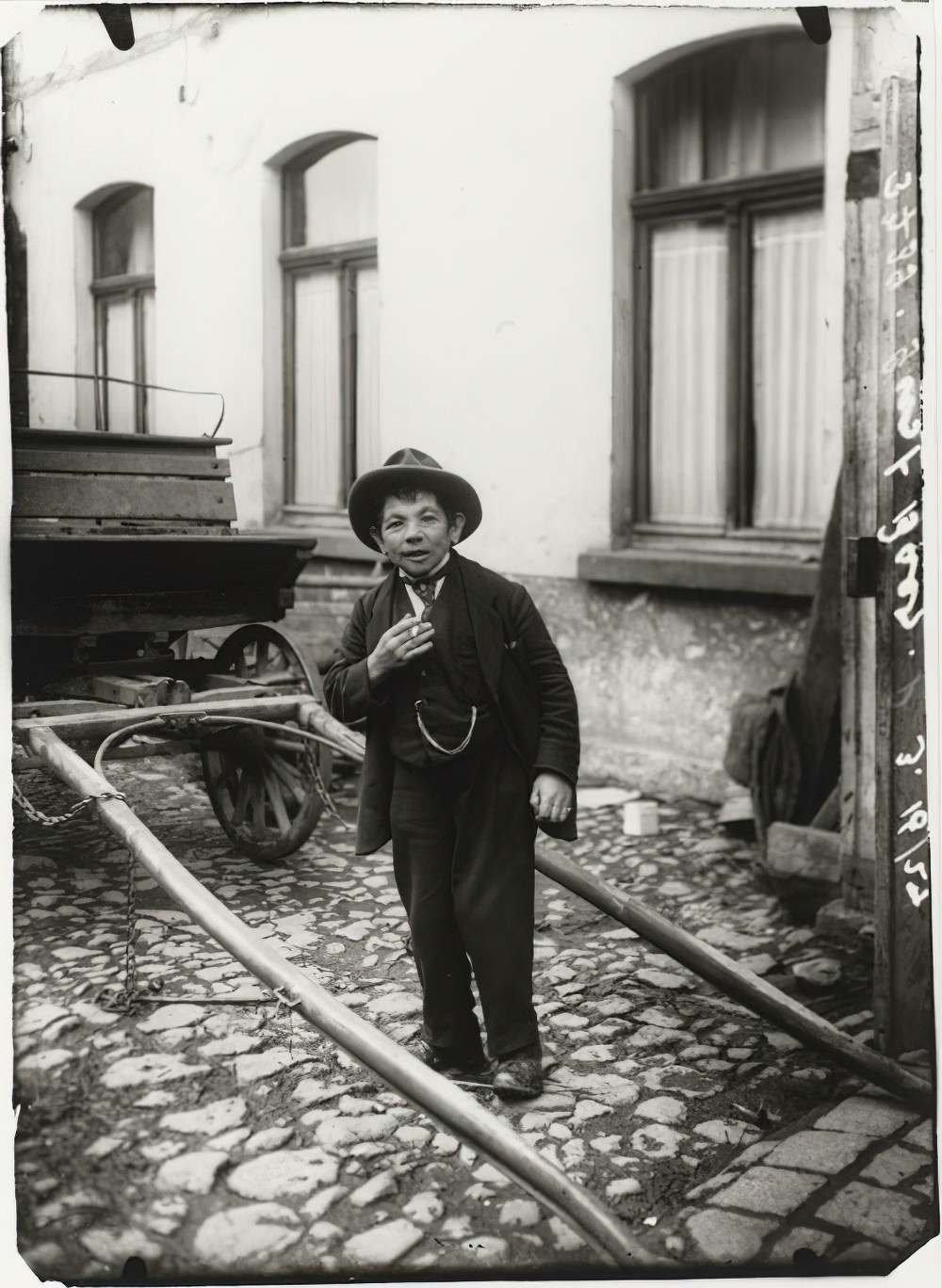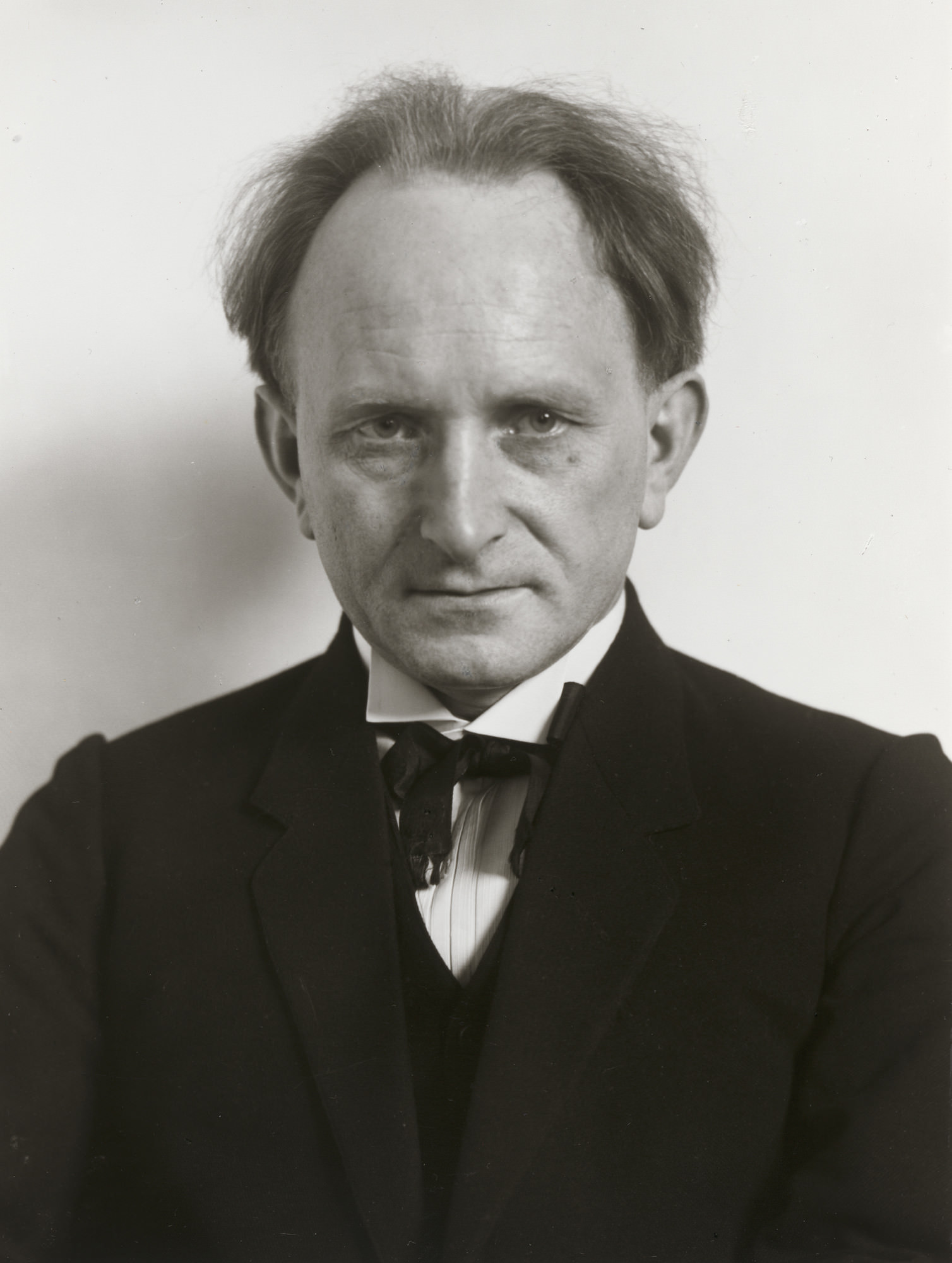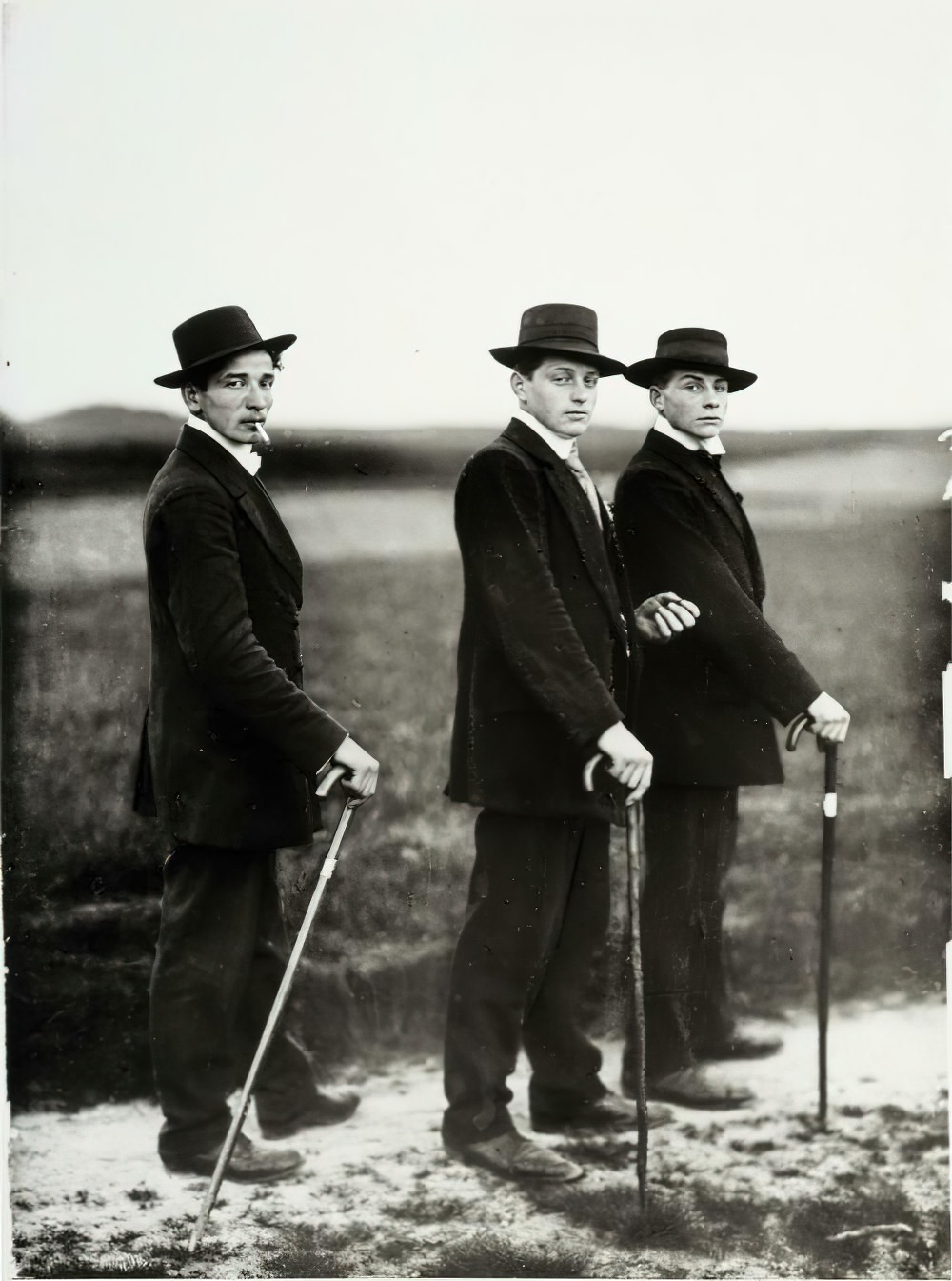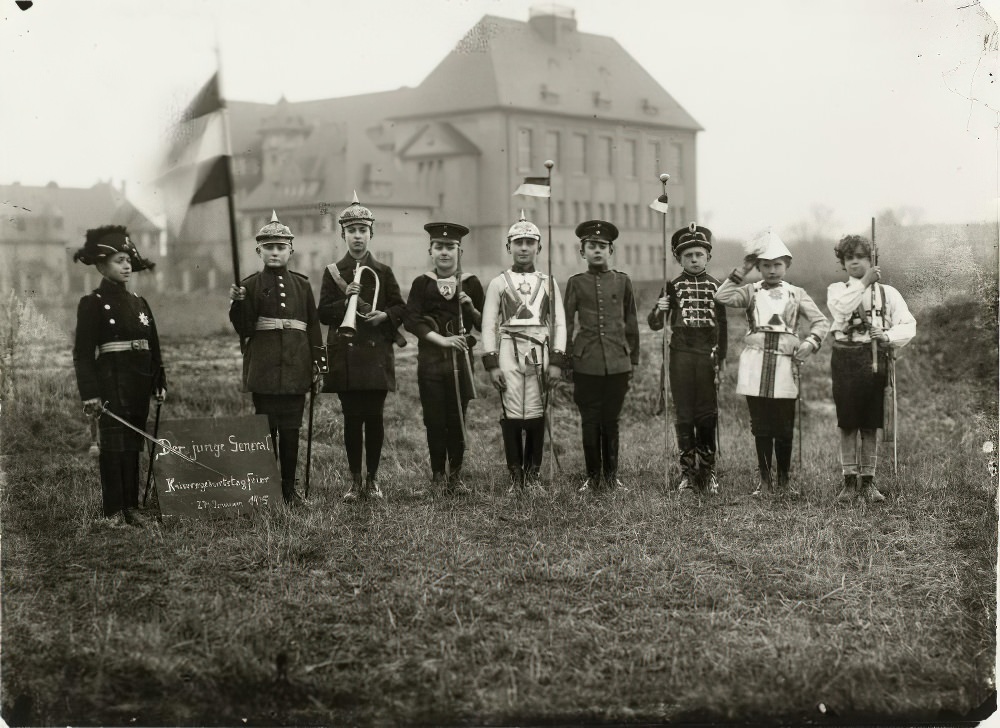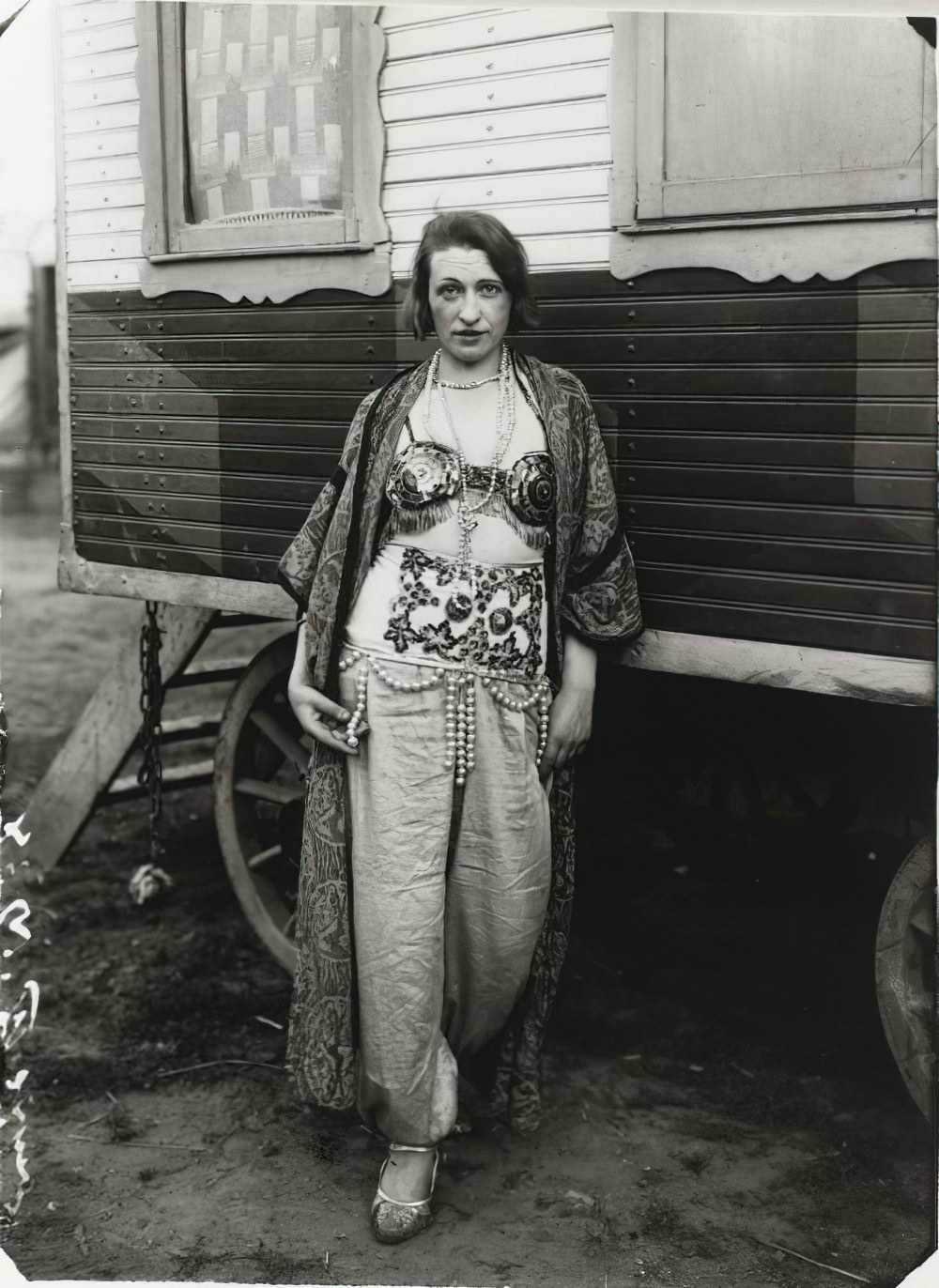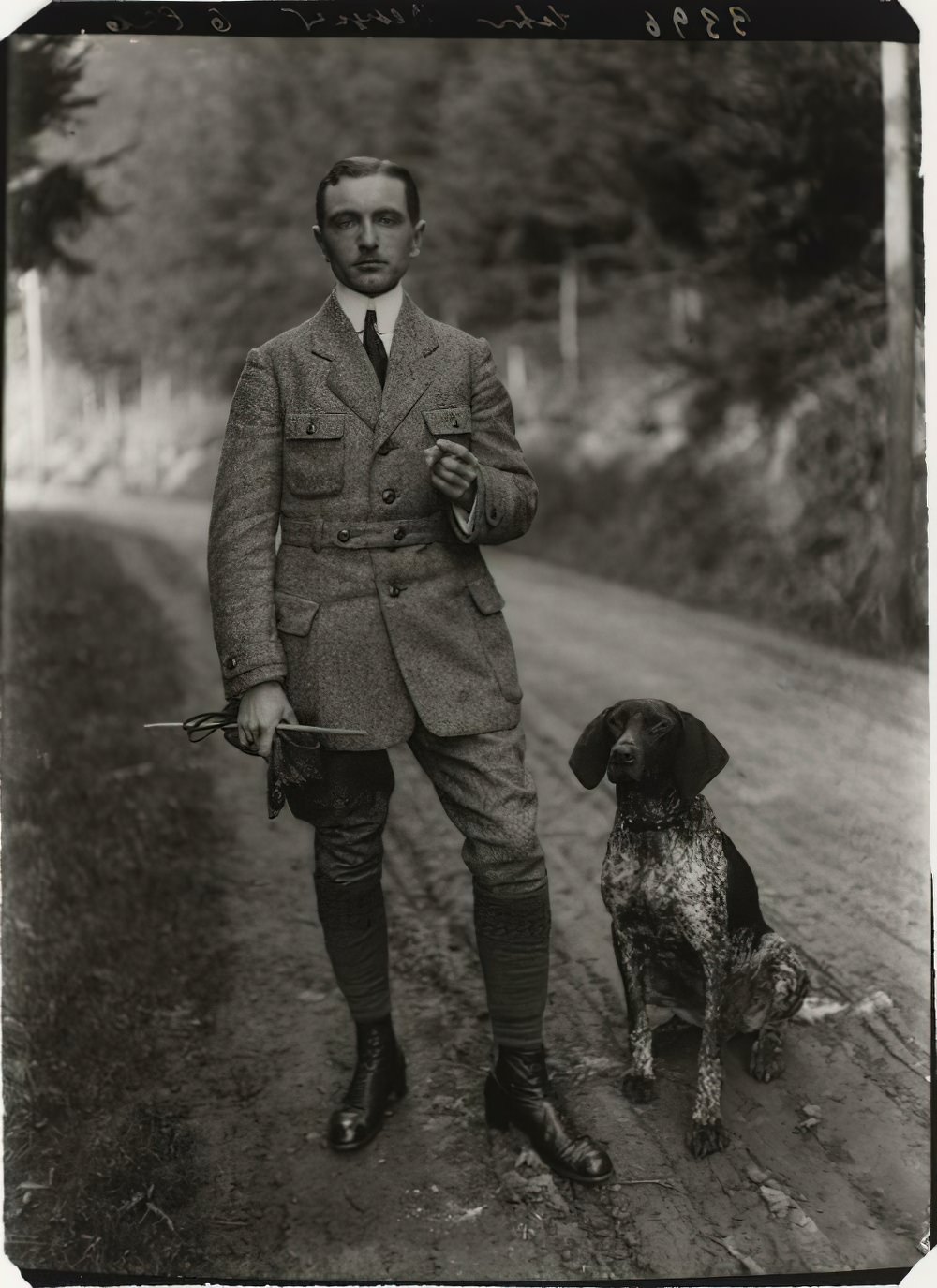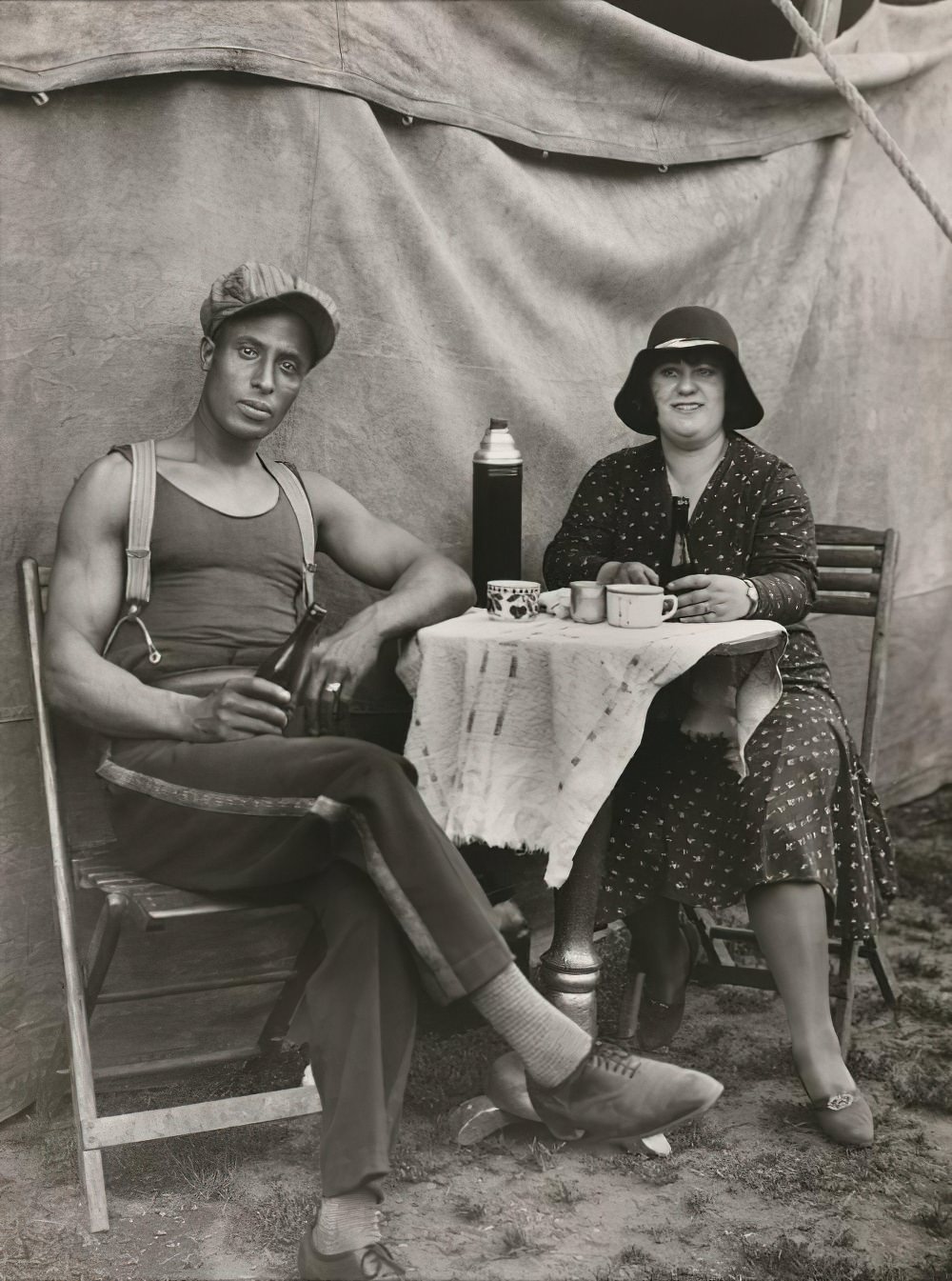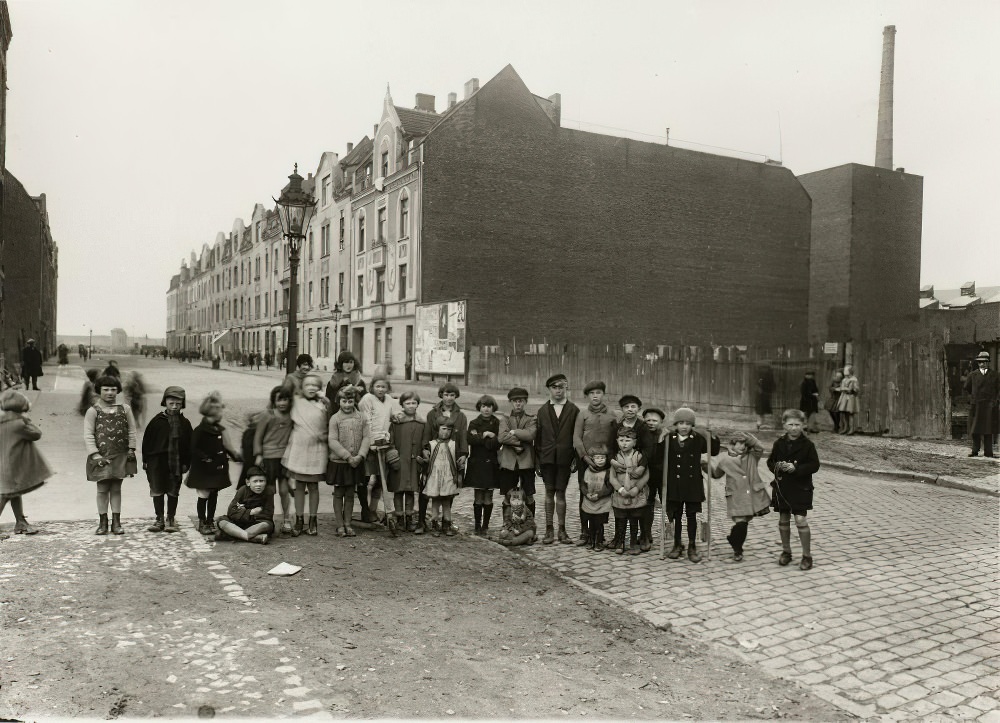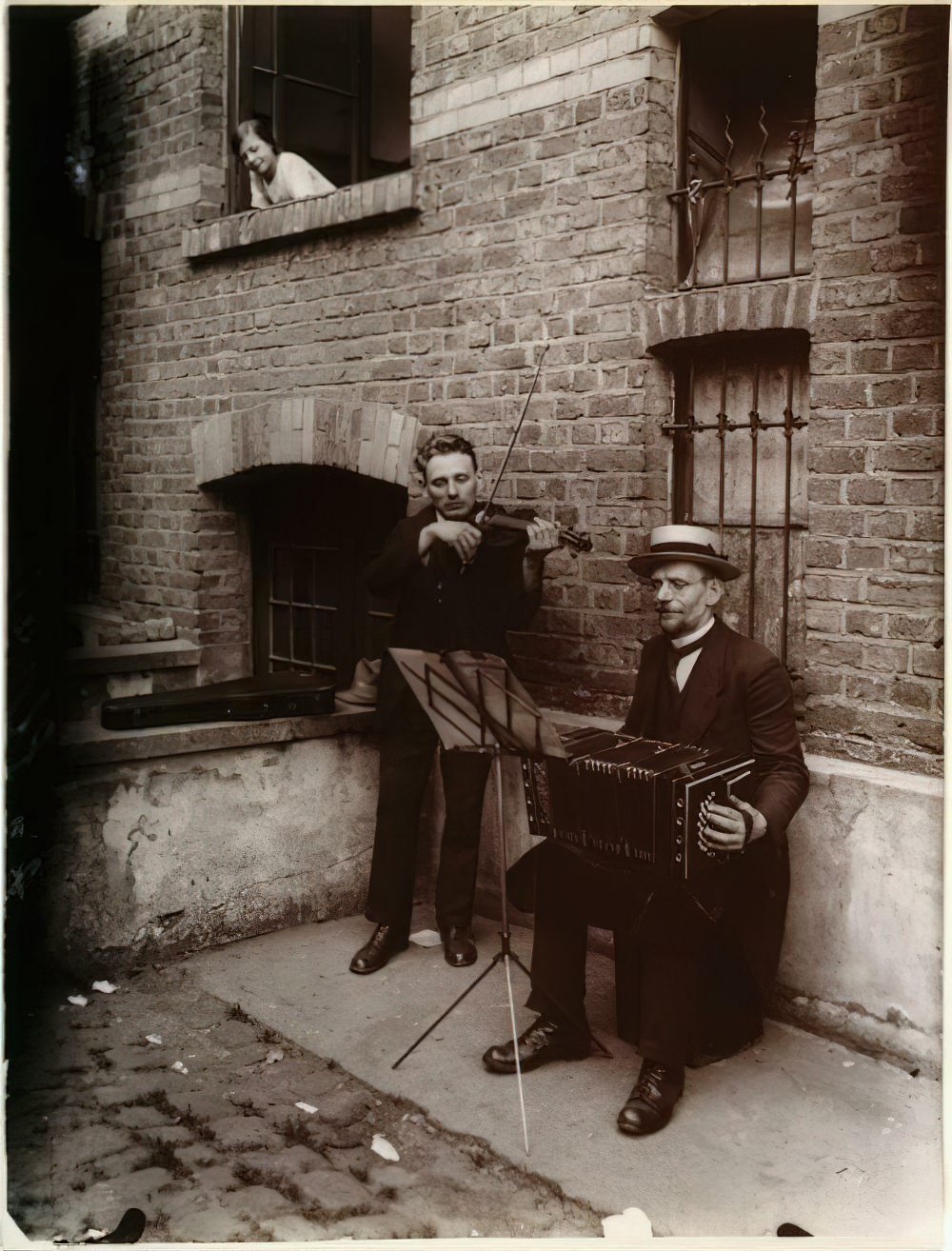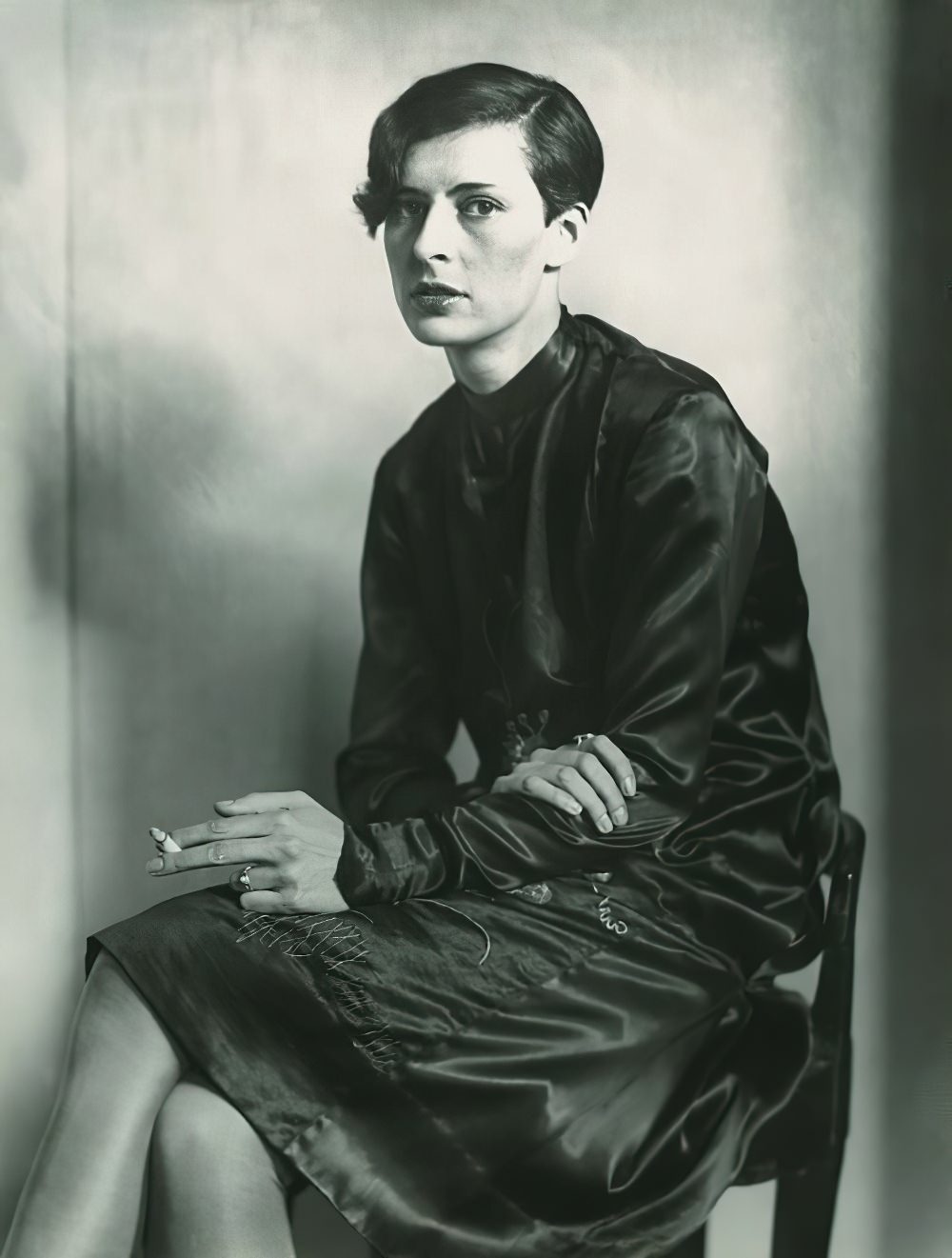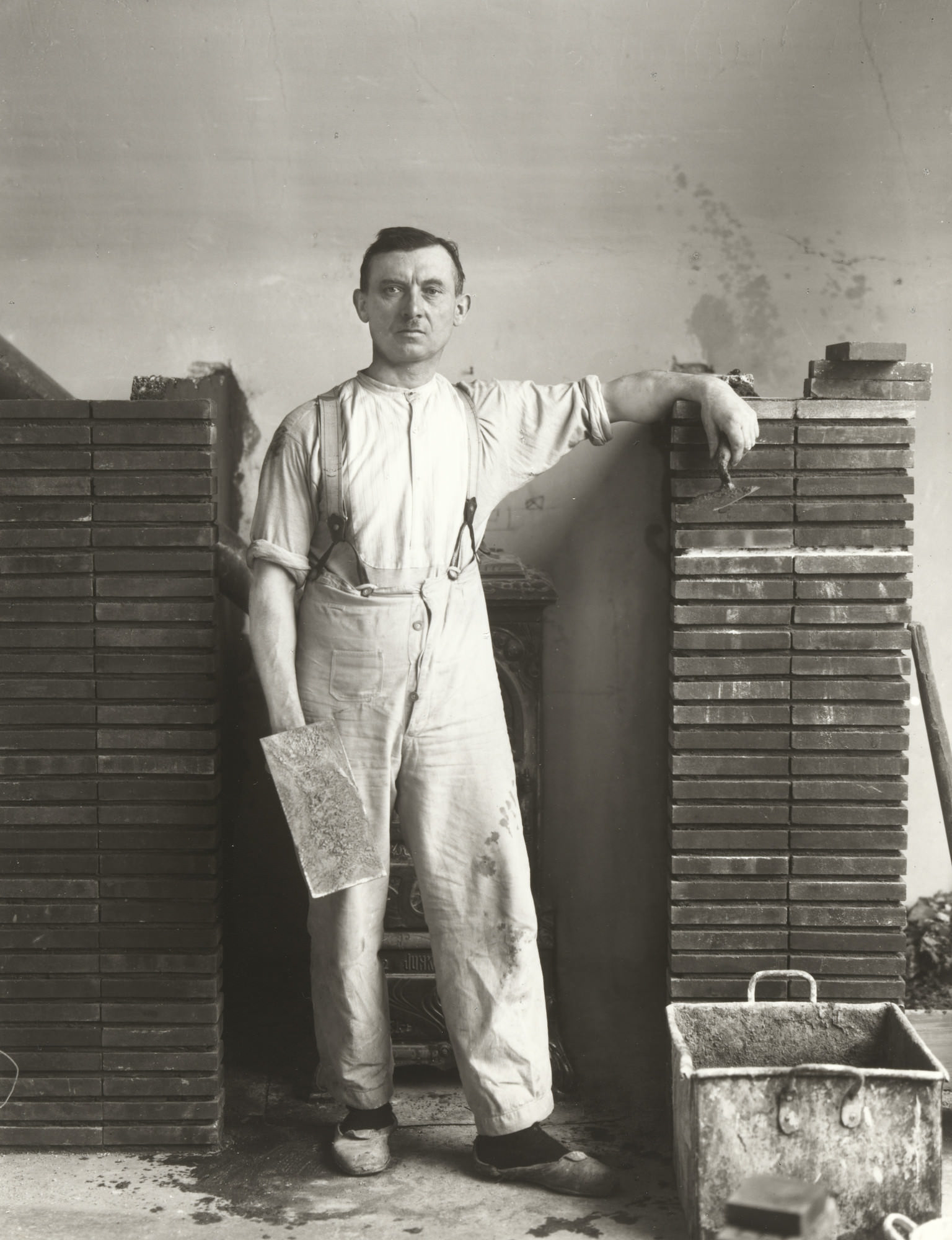Germany / 1920s / New Objectivity / August Sander
People of the 20th Century, the masterwork by photographer August Sander, establishes the motif of a cross-section of a society, an “exhibition in the exhibition”, as a structural principle, the two interlinked perspectives opening up a large panorama of German art in the late 1920s.
This multidisciplinary exhibition is structured into eight thematic sections corresponding to the groups and sociocultural categories created by August Sander.
A review of German history in the context of contemporary Europe with populist movements and divergent societies in the throes of the digital revolution invites us to observe the political resonances and media analogies between yesterday’s situations and those of today.
This exhibition on the art and culture of the Neue Sachlichkeit (New Objectivity) in Germany is the first overview presented in France of this artistic trend. Apart from painting and photography, the project brings together architecture, design, film, theater, literature, and music.
About the Author
August Sander (17 November 1876 – 20 April 1964) was a German portrait and documentary photographer. Sander’s first book Face of our Time (German: Antlitz der Zeit) was published in 1929. Sander has been described as “the most important German portrait photographer of the early twentieth century”.
Sander was born in Herdorf, the son of a carpenter working in the mining industry. While working at a local mine, Sander first learned about photography by assisting a photographer who was working for a mining company. With financial support from his uncle, he bought photographic equipment and set up his own darkroom.
He spent his military service (1897–1899) as a photographer’s assistant and the next years wandering across Germany. In 1901, he started working for a photo studio in Linz, Austria-Hungary, eventually becoming a partner (1902), and then its sole proprietor (1904). He left Linz at the end of 1909 and set up a new studio in Cologne.
In 1911, Sander began with the first series of portraits for his work People of the 20th Century. In the early 1920s, he came in contact with the Cologne Progressives, a radical group of artists linked to the workers’ movement, which, as Wieland Schmied put it,
“sought to combine constructivism and objectivity, geometry and object, the general and the particular, avant-garde conviction and political engagement, and which perhaps approximated most to the forward-looking of New Objectivity […] ”
In 1927, Sander and writer Ludwig Mathar traveled through Sardinia for three months, where he took around 500 photographs. However, a planned book detailing his travels was not completed.
Sander’s Face of our Time was published in 1929. It contains a selection of 60 portraits from his series People of the 20th Century, and is introduced by an essay by Alfred Döblin titled “On Faces, Pictures, and their Truth”. Under the Nazi regime, his work and personal life were greatly constrained. His son Erich, who was a member of the left-wing Socialist Workers’ Party (SAP), was arrested in 1934 and sentenced to 10 years in prison, where he died in 1944, shortly before the end of his sentence. Sander’s book Face of our Time was seized in 1936 and the photographic plates destroyed.
Around 1942, during World War II, he left Cologne and moved to the small village of Kuchhausen, in the Westerwald region; this allowed him to save the most important part of his body of work. His Cologne studio was destroyed in a 1944 bombing raid, but tens of thousands of negatives, which he had left behind in a basement near his former apartment in the city, survived the war. 25,000 to 30,000 negatives in this basement were then destroyed in a 1946 fire. That same year, Sander began his postwar photographic documentation of the city. He also tried to record the mass rape of German women by Red Army soldiers in the Soviet occupation zone.
In 1953, Sander sold a portfolio of 408 photographs of Cologne, taken between 1920 and 1939, to the Kölnisches Stadtmuseum. These would be posthumously published in book format in 1988, under the title Köln wie es war (Cologne as it was).
In 1962, 80 photographs from the People of the 20th Century project were published in book format, under the name Deutschenspiegel. Menschen des 20. Jahrhunderts (German Mirror. People of the 20th Century).
Sander died of a stroke on 20 April 1964. He was buried next to his son Erich in Cologne’s Melaten Cemetery.
Sander’s work includes landscape, nature, architecture, and street photography, but he is best known for his portraits, as exemplified by his series People of the 20th Century. In this series, he aims to show a cross-section of society during the Weimar Republic. The series is divided into seven sections: The Farmer, The Skilled Tradesman, Woman, Classes and Professions, The Artists, The City, and The Last People (homeless persons, veterans, etc.). By 1945, Sander’s archive included over 40,000 images.
In Wim Wenders’ 1987 film Der Himmel über Berlin (“Wings of Desire”), the character Homer (played by Curt Bois) studies the portraits of People of the 20th Century (1980 edition) while visiting a library. In 1992, Gerd Sander, August’s son, sold the archive to art foundation SK Stiftung Kultur. In 2017 Julian Sander, Gerd’s son claimed to represent August’s estate and issued a press release stating that the archive would now be housed by Hauser & Wirth. The claim has been disputed by SK Stiftung Kultur, and the ownership dispute is still ongoing.
In 2002, the August Sander Archive and scholar Susanne Lange published a seven-volume collection comprising 619 of Sander’s photographs, August Sander: People of the 20th Century. In 2008, the Mercury crater Sander was named after him. (via wikipedia.org)
Germany / 1920s / New Objectivity / August Sander
May 11 to September 5, 2022
Centre Pompidou – Paris
More info on:

